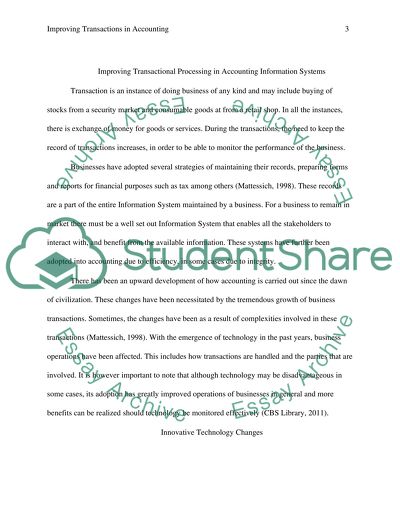Cite this document
(“Improving Transactional Processing in Accounting Information Systems Research Paper”, n.d.)
Improving Transactional Processing in Accounting Information Systems Research Paper. Retrieved from https://studentshare.org/finance-accounting/1590962-improving-transactional-processing-in-accounting-information-systems
Improving Transactional Processing in Accounting Information Systems Research Paper. Retrieved from https://studentshare.org/finance-accounting/1590962-improving-transactional-processing-in-accounting-information-systems
(Improving Transactional Processing in Accounting Information Systems Research Paper)
Improving Transactional Processing in Accounting Information Systems Research Paper. https://studentshare.org/finance-accounting/1590962-improving-transactional-processing-in-accounting-information-systems.
Improving Transactional Processing in Accounting Information Systems Research Paper. https://studentshare.org/finance-accounting/1590962-improving-transactional-processing-in-accounting-information-systems.
“Improving Transactional Processing in Accounting Information Systems Research Paper”, n.d. https://studentshare.org/finance-accounting/1590962-improving-transactional-processing-in-accounting-information-systems.


